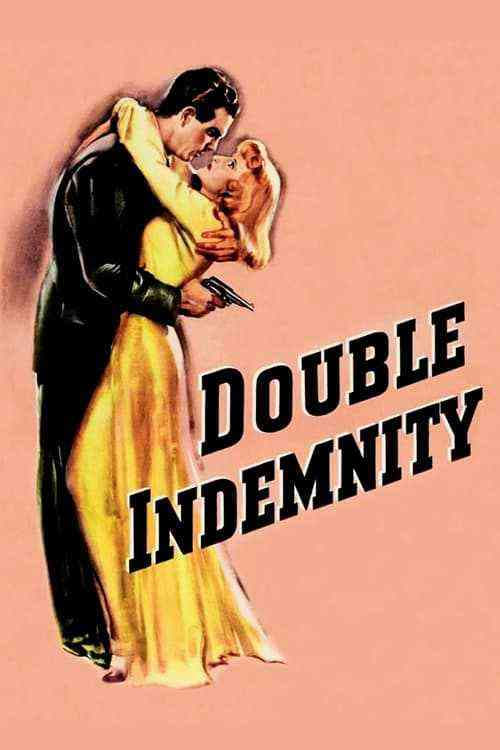
A rich woman and a calculating insurance agent plot to kill her unsuspecting husband after he signs a double indemnity policy. Against a backdrop of distinctly Californian settings, the partners in crime plan the perfect murder to collect the insurance, which pays double if the death is accidental.
20 Sep Double Indemnity (1944)
The Match is Out
Filmviewing is like most things in life: there are a few predefined roles among which it is convenient to pick. Once you define who you are in the world of cinema, it determines a lot of what you think about what you have just experienced.
One of these roles is the type who by watching a film becomes part of its original audience, or rather a stylised nostalgic notion of what that audience was. Thus the film is a mere trigger, not necessarily important itself. There seem to be lots of these, people who consider this film as not only enjoyable, but the apogee of film noir, which itself is (in this view) the most movie-like of movies. Noir, romances and musicals attract these folks, as do legendary celebrities.
You may be one of these types, but I am not. I expect the film to transport me to its own world, not the world of original viewers. As a noir classic, it fails for me. I do think the dictaphone framing is very effective, and the thumblighting of the matches. Also of historical note is the then odd perspective on the detective form: at the beginning you know who did it. You soon learn why. How isn’t very interesting. The way the detective gets the scent is purely conventional, but the focus on the hapless perpetrator was relatively novel in its time. The game is one of following this hapless goof through his ensnarement in forces beyond his control. His strong (and we learn misplaced) cockiness, apparent through the aggressive banter is the stylistic spice that is supposed to carry the notion.
But that device is pretty thin stuff. And except for the dictaphone bits, the dialog and acting are poor by conventional standards. Stanwyck isn’t seductive or particularly deep. I fail to see how the lighting could be considered masterful, when so many other noir masters are around. ‘Touch of Evil’ is excessive, but that’s the point with noir — at least noir that works today.
Posted in 2002
Ted’s Evaluation — 2 of 3: Has some interesting elements.


No Comments